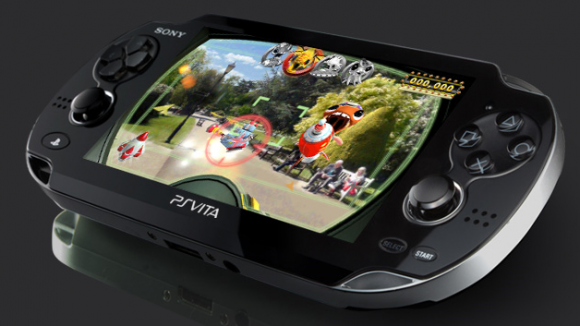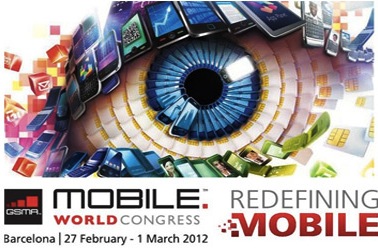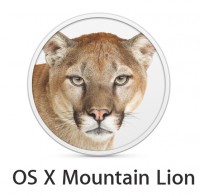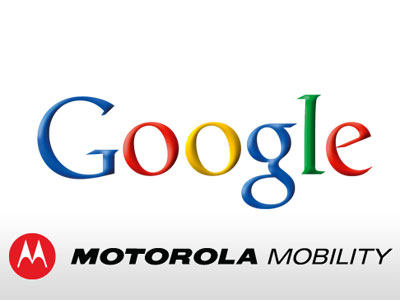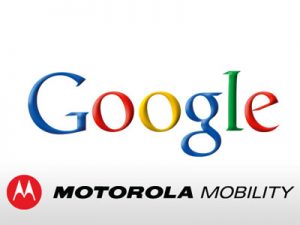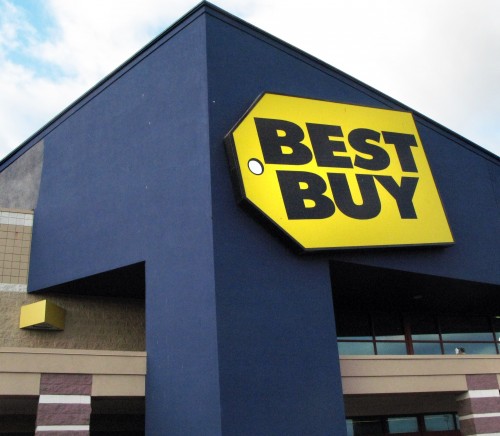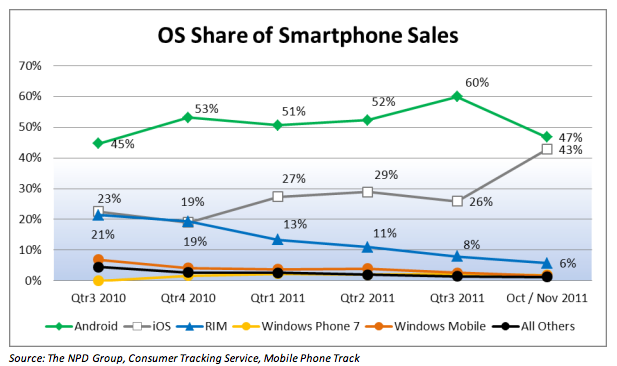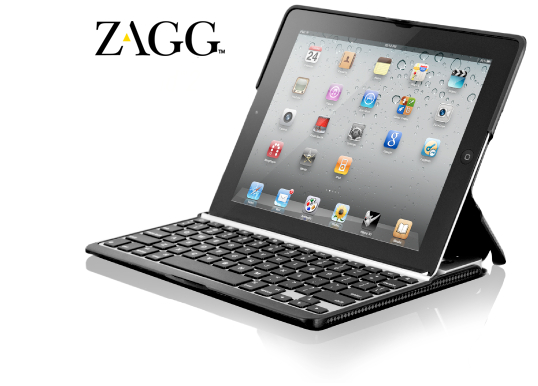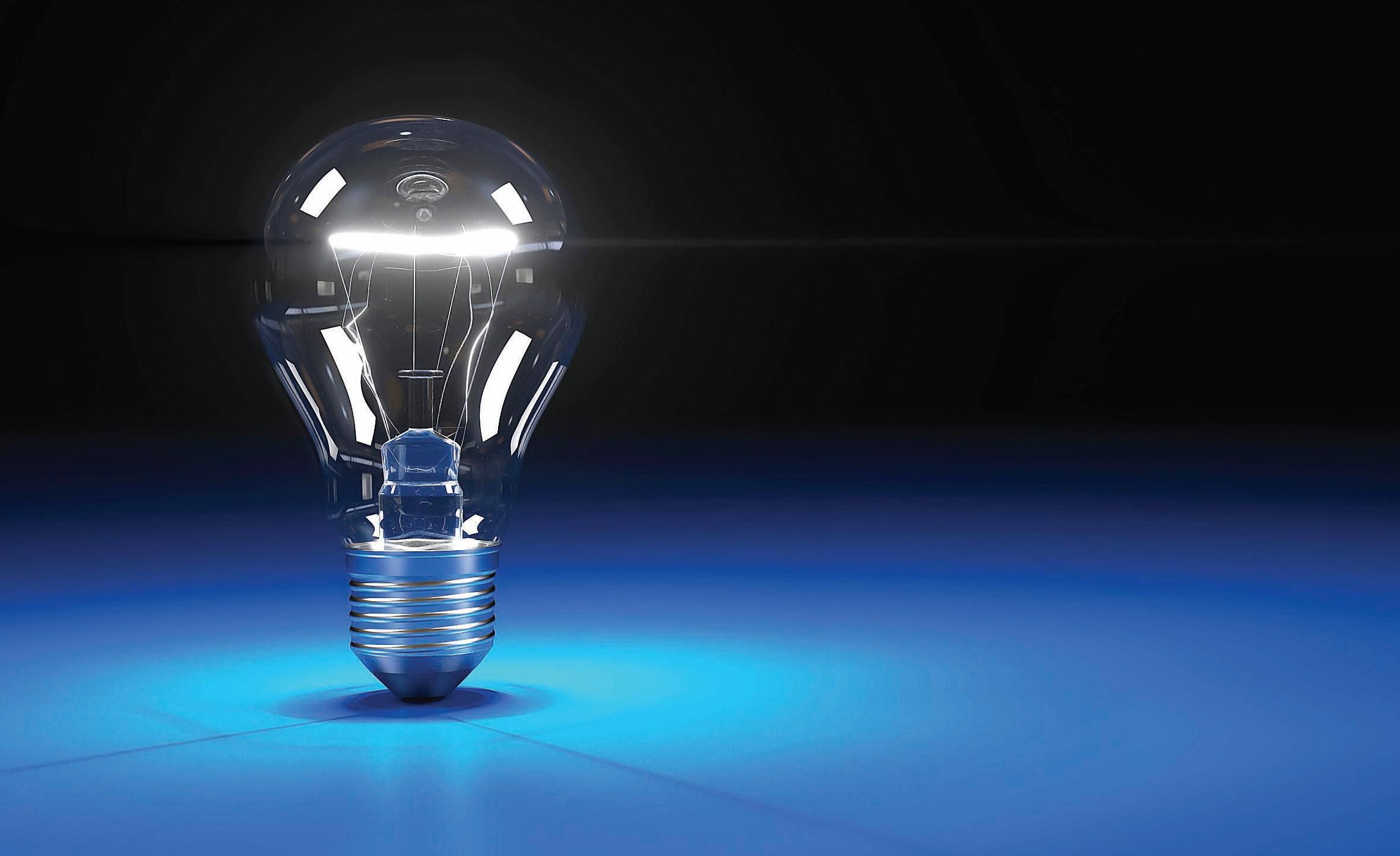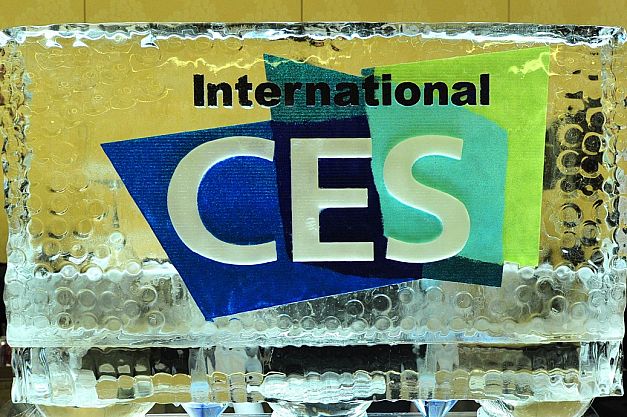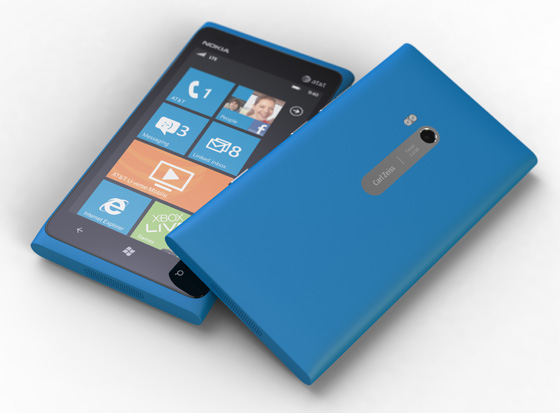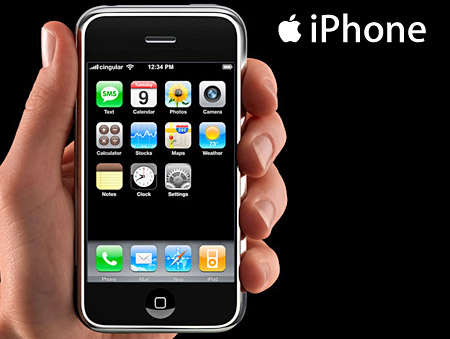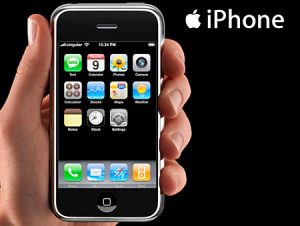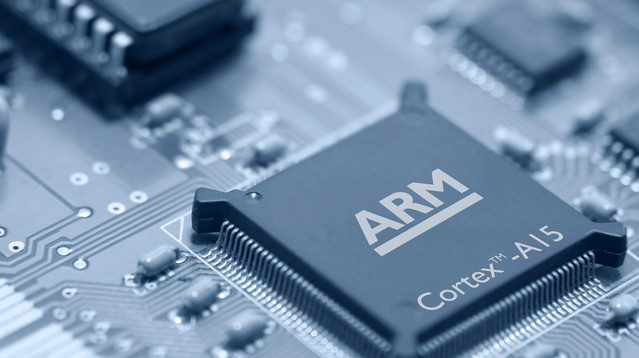Yesterday I shared a column on why casual gaming, or even more immersive gaming on smart phones is not going to threaten dedicated mobile gaming consoles any time soon. To come to this conclusion I had been using the Sony PS Vita for a few weeks. Using that device also led me to the conclusion that Microsoft needs a device like the PS Vita for their gaming ecosystem. There are a number of good reasons for this.
Strategy for Windows and Windows Phone
Microsoft includes on their Windows Phone platform an XBOX Live hub. This is simply an application that lets you interact with your XBOX Live friends and view your own profile information and achievments. Given the success of the XBOX 360 it makes sense for Microsoft to branch the service out to mobile devices. They even have an iOS app for XBOX Live as well.
What would be interesting for Microsoft strategically would be if they built this device and had some of the main dashboard UI be much closer to the Metro UI they are orienting around. The new XBOX Live dashboard is getting closer but is not the fully Metro UI yet.
I would expect a device like this from Microsft to be quite successful given the passion of the XBOX 360 audience and the number of live users gaming online. If that were true then a large number of consumers who purchased the XBOX mobile device would get immersed in the Metro UI and become familiar with it. Thus making them partial, perhaps, to Windows 8 and Windows Phone products in the future. One could make a strong case a dedicated XBOX Live mobile gaming console could be more successful than Windows Phone in the short term.
Gaming as a Service
Another key element of strategic interest in this thinking is the role of the XBOX Live service as a part of such a device. I can imagine that if Microsoft demonstrated with such a device how groups could play Modern Warfare with their friends online from both the XBOX 360 and the mobile console, that it would generate quite a bit of excitement. The PS Vita and new software that will be rolling out will support this feature as well. However, XBOX Live is such a good gaming service for hard core gamers that a mobile device tied to XBOX Live gaming could be a big hit.
This would further the revenue model for XBOX and perhaps even generate more XBOX Live Gold customres. Gold is the package where you pay $50 a year for special online features. Perhaps using XBOX Live on the mobile platform could even cost slightly more as a package. Either way it makes for an interesting extension of a core servce Microsoft is invested in.
Game Software Developers
Lastly a move like this would attract game developers for the Windows Platform much more rapidly than I believe is currently happening. Games are a rapidly growing category on mobile devices and even casual games on notebook and desktop PCs are gaining steam.
Microsoft could include in many of the same development toolkits the ability to easily also make games for the mobile XBOX console on top of their other Windows products. The byproduct would be more key apps, and in this case games, for the Windows ecosystem. Something they desparately need.
Microsoft could make it easy to buy these games for the mobile device through their own digital store, similar on Windows phone and Windows 8, which in turn would bring more consumers to their stores doorstep.
There is actually quite a bit strategically I like about this idea for Microsoft. I know the push back on this concept is around how big the market would be for a device like this. Especially since a piece of hardware like this has a longer product cycle life of more than 2 years conservatively. But I will again default to this market being similar to the console market at large. A market where the value has never been in hardware but is always in software and services. Although the hardware may have a long life the annual revenue opportunities come from soft are and services.
The thought of being able to play a game like Modern Warfare, Battlefield, or Gears of War from a mobile console while I travel and my friends are playing as well from their consoles is just exciting.
The key in all of this thinking is the hardware touch points that Microsoft can use to get consumers into their ecosystem. XBOX has been one of those key peices of hardware. So naturally with the world going mobile and Microsoft wanting a peice of that pie, my opinion is that a dedicted XBOX mobile gaming console is a good business strategy for Microsoft. It is also a product I think they would sell very well.

